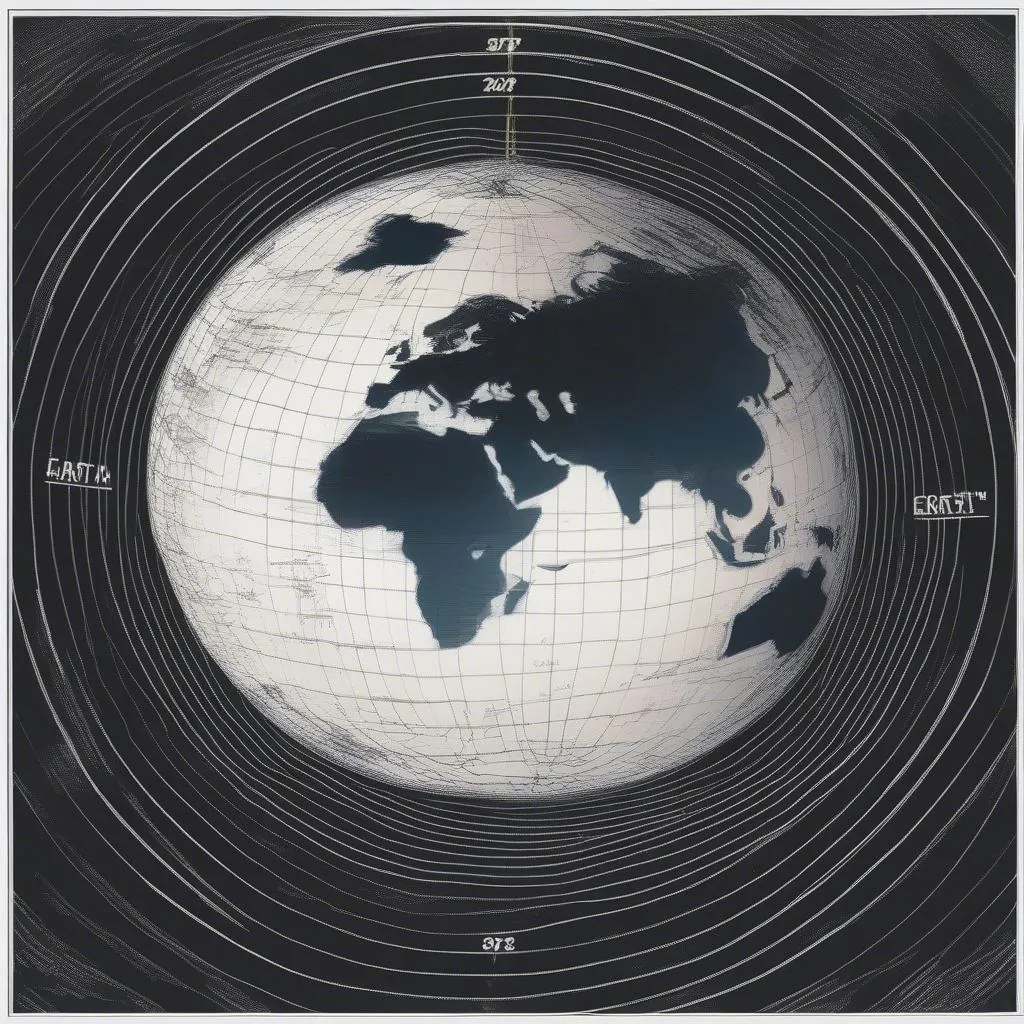Have you ever stood on a beach, watching the sunset over the horizon, and felt the Earth moving beneath your feet? You might think that’s just the waves, but the truth is far more profound. Our planet is hurtling through space at an incredible speed, all thanks to its journey around the sun.
So, how fast are we actually traveling? Buckle up, because the answer might surprise you!
The Earth’s Orbital Velocity
The Earth orbits the sun at an average speed of approximately 67,000 miles per hour (107,000 kilometers per hour). That’s roughly 18.5 miles per second! To put that into perspective, it’s about 100 times faster than the speed of sound.
This incredible speed is due to the delicate balance between the Sun’s gravitational pull and the Earth’s forward momentum. It’s like a cosmic dance, with gravity acting as the invisible tether, keeping our planet from flying off into the vastness of space.
Factors Affecting Earth’s Speed
While the average speed is a mind-boggling 67,000 mph, our planet’s speed isn’t constant. It actually varies throughout the year due to the elliptical shape of Earth’s orbit.
Perihelion: When the Earth is closest to the sun (around January 3rd), it moves faster. Imagine yourself on a carousel, the closer you are to the center, the faster you spin. Similarly, the Earth experiences a stronger gravitational pull at perihelion, accelerating its speed.
Aphelion: When the Earth is farthest from the sun (around July 4th), it moves slightly slower. This is like moving further out on the carousel, resulting in a slower spin.
 earth-orbiting-sun
earth-orbiting-sun
Why Don’t We Feel It?
You might be wondering, if we’re traveling so fast, why don’t we feel a thing? The answer lies in the concept of inertia. Just like when you’re on a smooth airplane ride and don’t feel the speed, we’re constantly moving at a constant velocity with the Earth. It’s the changes in speed or direction that we feel as acceleration or deceleration.
Think about when you’re driving a car. You only feel the movement when the car speeds up, slows down, or turns. The same principle applies to Earth’s movement.
The Earth’s Rotation: A Different Kind of Speed
While we’ve focused on our planet’s orbital speed, it’s worth remembering that the Earth is also spinning on its axis. This rotation is what gives us day and night. At the equator, the Earth’s rotational speed is about 1,000 miles per hour (1,600 kilometers per hour).
Imagine standing on the equator, you’re essentially hitching a ride on a merry-go-round that’s spinning at a thousand miles per hour!
 earth-spinning-on-axis
earth-spinning-on-axis